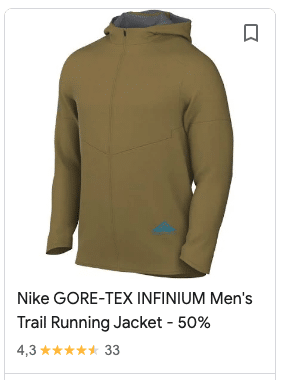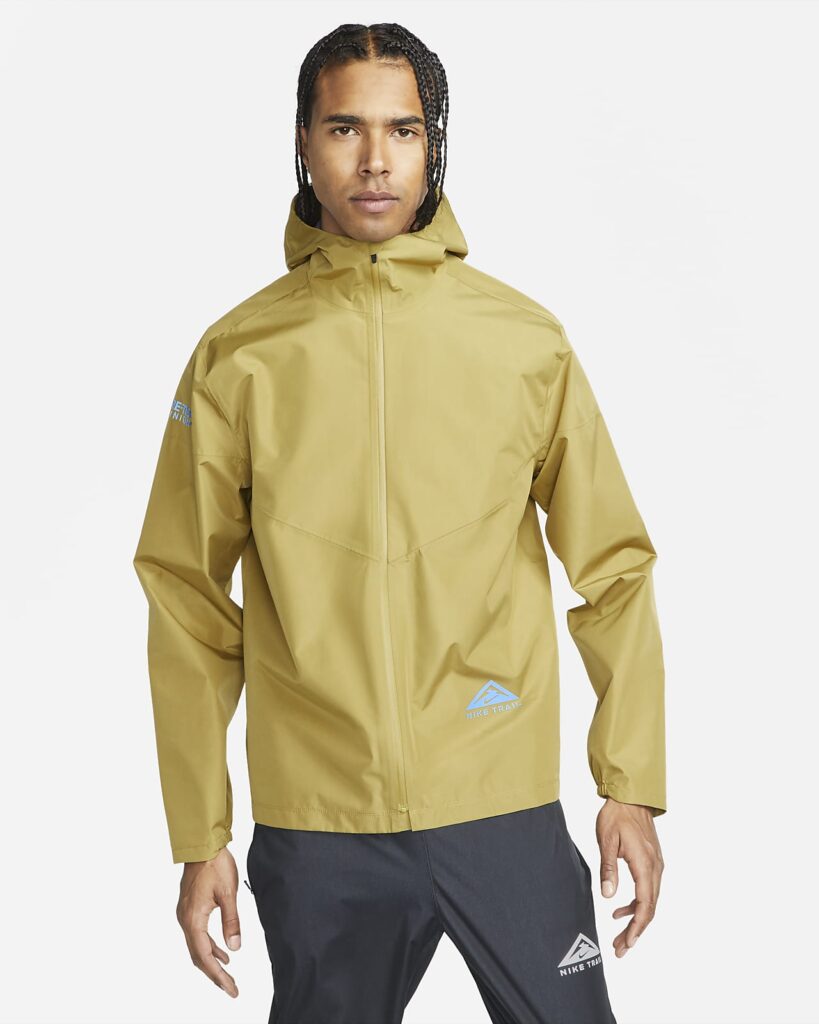Product images are the best way to present your products on an online shopping platform.
But some product images can be a bit boring, especially if they’re used in Display Ads amid all kinds of exciting content.
The lifestyle image link attribute is the answer to that. You keep the traditional product image as your main image, but use more attractive ones for the placements that need it.
In this piece, we’ll cover the lifestyle image link attribute and explain what it is, how to properly format it, and how it relates to the image_link and additional_image_link attributes.
This article is part of our Google Merchant Center Data Feed hub.
Table of Contents
What Is the Lifestyle Image Link Attribute in the Product Feed?
The lifestyle_image_link allows merchants to provide a lifestyle image of their products.
“Lifestyle” means showing how customers can use your product. The idea is to present the items in their natural or authentic setting, as opposed to the standardized product images against a white background (defined by the image link attribute).
Take this traditional product image:

Versus a lifestyle image:

The lifestyle_image_link consists of two elements, the URL (the link) and the image (i.e. the file being linked to).
Is the Lifestyle Image Link Attribute Required?
No, lifestyle_image_link is optional. However, since there are a lot of rules for photos added through image_link and additional_image_link, the lifestyle_image_link can give your shop the edge to convert more customers.
How Is the Lifestyle Image Link Attribute Used in Google Shopping?
While the normal image and additional images are shown when customers browse Shopping results, the lifestyle image has a more specific use case.
The lifestyle image attribute is recommended if you’re using your feed to power campaigns that have Display placements like Display, YouTube, Discovery or Performance Max campaigns.
This is very important because it can positively affect the performance that you get from these kinds of placements.
Feed attributes for Shopping, like title and image link, weren’t originally developed for serving ads in these Display placements, and those product attributes may not be a great fit.
That’s why Google recently added this lifestyle image link and the short title attributes.
Let’s check the formatting options for this attribute.
Formatting options for lifestyle_image_link
The format of values for the lifestyle image link attribute should be a URL with up to 2000 characters.
The image that is linked through this URL should be in one of the following file formats:
- GIF (.gif),
- JPEG (.jpg/.jpeg),
- PNG (.png),
- BMP (.bmp), and
- TIFF (.tif/.tiff)
There are two ways to provide a value for this attribute:
- In text format: https://www.apesinspace.com/image1.png
- In XML format: <g:lifestyle_image_link>https://www.apesinspace.com/image1.png<g:lifestyle_image_link>
Next, we will cover basic tips for satisfying Google’s requirements for this attribute.
In a nutshell, many of these tips are similar to those for image link and additional image link, though there are some that are unique to lifestyle images.
URL Requirements
The URL has to start with “http” or “https”: otherwise, Google won’t be able to show your image.
The file extension of the image should correspond to its format: if the file is JPEG, the extension should be .jpg, etc.
The image has to be in one of the supported formats: GIF, JPEG, PNG, BMP, and TIFF.
The URL should not contain symbols: use URL encoded entities to replace symbols. For example, use “%2A” instead of “*”.
Ensure file accessibility: check if the robots.txt files are configured properly. If they are not, Google crawlers might not access the image file.
Use a stable URL: avoid dates and URL elements that change on a regular basis because Google has to register each change by crawling your data.
4 Tips for the lifestyle_image_link attribute
- The image should have a minimum resolution of 600 x 600 pixels.
- The aspect ratio of the image should be between 2:0 and 2:3.
- The image should not contain promotional overlays, watermarks, labels, or text: use attributes like sale price, shipping, brand, and availability to provide promotional info.
- Play with the background: photos submitted through image_link have a standard white background, so take advantage of the creative freedom you have with lifestyle_image_link (you can use vivid colors, playful settings, product staging, modeling, etc.).
Let’s check how to upload images to your feed.
How To Add lifestyle_image_link to Your Product Feed
The recently introduced lifestyle image link attribute is unique to Google, so most ecommerce platforms don’t have an option for adding values for this attribute yet.
Within Google Merchant Center, there are two ways to add lifestyle images: feed rules and supplemental feeds.
If you use feed rules, you can select an item (for example, by creating a rule based on product id) and add the value for this attribute.
Alternatively, you can add an additional or supplemental feed containing a whole list of image links at once. Such a file should have one column for product ids and another column with the lifestyle image links (URLs).
Let’s compare product images in the feed.
Lifestyle_image_link Vs Image_link
So with two options to add product images to your product feed, which one should you pick?
The “normal products image (= image_link in your feed), is required for all products.
The lifestyle_image_link is a newer one that’s not required, but a great way to go beyond the boring product on white background pictures.
Especially if you have something exciting to show, and have great pictures, it would be a shame to not leverage them!
Lifestyle image links allow advertisers to show the product “in action.” These images are an opportunity for the customer to forge an emotional relation with your product.
Emotions drive sales. It’s always better to appeal to the goals, desires, and wishes of your customers with a lifestyle image than to present a standardized image against a white background.
Product features alone don’t sell, no matter how extraordinary your stock is. In fact, you can sell a mediocre product well, if you stir up the right emotions in the prospective buyer.
Say you sell towels.
With a lifestyle image, you can show this towel in a tropical setting, on a sandy beach with crystal clear water as it is resting on a bamboo table. Or you can show an infant wrapped in a towel after a warm bath.
As we’ve mentioned, the standardized image link doesn’t allow you to do this – you can only present the towel as an object. The lifestyle image, on the other hand, can help your customer make that psychological connection with the product.
Common Problems With the lifestyle_image_link Attribute
Since lifestyle images are optional, Google will not disapprove of your items if there is an issue with the value for this attribute. The worst-case scenario is that the image can’t be shown to customers in ads.
There are a couple of things you can do to avoid this:
- Follow the general guidelines for optimizing Google Shopping images (same as for other image related attributes); and
- Follow the formatting requirements for image links (the URL).
If you fail to do this, Google will notify you in the Diagnostics section, and you can tackle the particular issue.
Don’t Underestimate Lifestyle Images
The lifestyle image link attribute gives advertisers more freedom than image_link and additional_image_link, because a lifestyle photo can show people using or benefiting from your products.
Authentic lifestyle images are likely to become important soon, particularly for campaigns where Google itself will choose the best combination of product photos, titles, and descriptions to get engagement from its users.
Don’t miss the opportunity to inspire customers into developing emotional connection with your products.
At the end of the day, emotions compel users to take action and bump conversions at your store.
